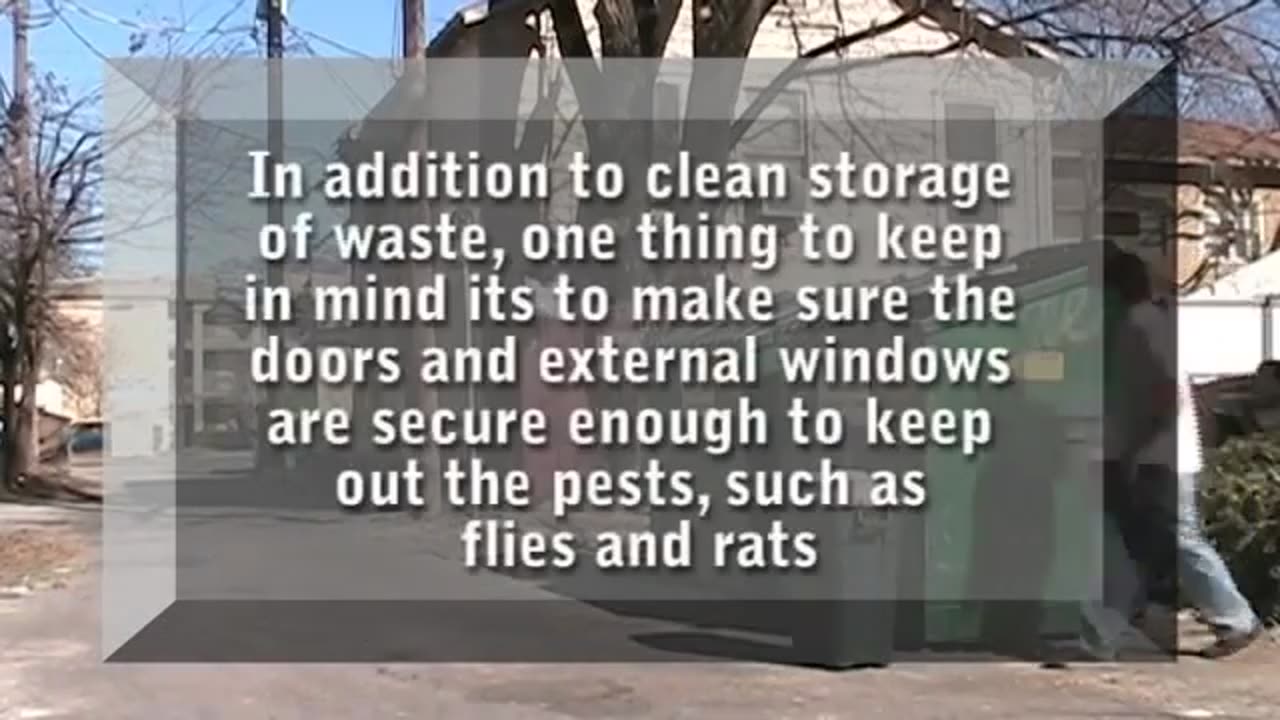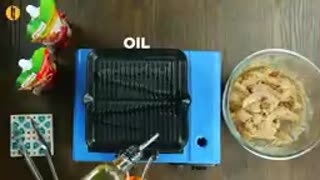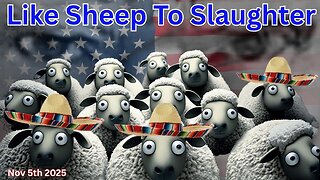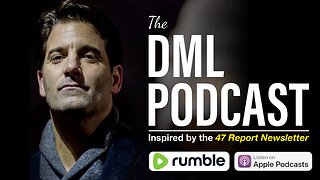Premium Only Content

Food Handler Training Course_ Part 5
### **Food Handler Training Course (Part 5) – Cleaning and Sanitizing**
Maintaining a clean and sanitized environment is essential in any food preparation area to prevent contamination, ensure food safety, and comply with health regulations. Proper cleaning and sanitizing eliminate harmful bacteria, viruses, and allergens from surfaces, equipment, and utensils.
---
### **Objectives of Part 5**
1. Understand the difference between cleaning and sanitizing.
2. Learn proper cleaning and sanitizing procedures.
3. Recognize the importance of maintaining a clean food preparation environment.
---
### **What is Cleaning and Sanitizing?**
#### **Cleaning:**
- **Definition:** The process of removing visible dirt, food particles, grease, and debris from surfaces and equipment.
- **Purpose:** Prepares surfaces for sanitizing and prevents the build-up of grime that can harbor bacteria.
#### **Sanitizing:**
- **Definition:** The process of reducing bacteria, viruses, and other microorganisms on cleaned surfaces to safe levels.
- **Purpose:** Ensures surfaces and equipment are safe for food contact.
---
### **Why Cleaning and Sanitizing Are Important**
1. **Prevents Cross-Contamination:**
- Eliminates harmful pathogens and allergens that can transfer to food.
2. **Reduces Foodborne Illness Risks:**
- Removes bacteria such as Salmonella, E. coli, and Listeria that can thrive on unclean surfaces.
3. **Meets Regulatory Standards:**
- Compliance with local and national food safety regulations protects your business from fines and closures.
4. **Maintains Consumer Confidence:**
- Cleanliness reassures customers of the quality and safety of your food.
---
### **Key Areas to Clean and Sanitize**
1. **Food Contact Surfaces:**
- Cutting boards, countertops, knives, utensils, and other tools that touch food.
2. **Non-Food Contact Surfaces:**
- Floors, walls, shelves, and garbage areas to prevent contamination from the environment.
3. **Equipment:**
- Mixers, slicers, refrigerators, freezers, and other kitchen appliances.
4. **High-Touch Areas:**
- Handles, switches, knobs, and faucets.
---
### **Cleaning and Sanitizing Procedures**
#### **1. Clean Before You Sanitize**
Cleaning removes visible dirt and debris, while sanitizing reduces microorganisms. Sanitizers are less effective on unclean surfaces.
#### **2. Steps for Effective Cleaning and Sanitizing**
1. **Remove Food Debris:**
- Scrape or wipe off excess food from surfaces and equipment.
2. **Rinse:**
- Use warm water to rinse away loose debris.
3. **Apply Detergent:**
- Use an appropriate cleaning agent and scrub surfaces thoroughly.
4. **Rinse Again:**
- Remove all detergent residues with clean, warm water.
5. **Apply Sanitizer:**
- Use a food-safe sanitizer according to the manufacturer's instructions. Ensure the sanitizer makes contact for the recommended time.
6. **Air Dry:**
- Allow surfaces to air dry completely before use. Avoid using cloth towels, as they can reintroduce bacteria.
#### **3. Use the Correct Cleaning Products**
- **Detergents:** Remove dirt and grease.
- **Sanitizers:** Reduce microorganisms to safe levels.
- **Disinfectants:** Kill bacteria and viruses but are not always food-safe (use only for non-food-contact surfaces).
---
### **How Often to Clean and Sanitize**
#### **Food Contact Surfaces:**
- After each use.
- When switching between different types of food (e.g., raw meat to vegetables).
- At least every 4 hours during continuous use.
#### **Non-Food Contact Surfaces:**
- At the end of each shift or as needed.
#### **Equipment:**
- According to the manufacturer's recommendations and at least daily for most items.
---
### **Preventing Common Cleaning Mistakes**
1. **Skipping Steps:**
- Sanitizing without cleaning first reduces the effectiveness of the sanitizer.
2. **Using Incorrect Products:**
- Ensure cleaning agents and sanitizers are food-safe and suitable for the task.
3. **Failing to Follow Contact Times:**
- Sanitizers require specific contact times to work effectively.
4. **Neglecting Hidden Areas:**
- Clean hard-to-reach areas, such as behind equipment or under shelves, to prevent bacterial growth.
---
### **Cleaning and Sanitizing Tools**
- **Brushes and Scrub Pads:** For removing tough debris.
- **Spray Bottles:** For applying sanitizers.
- **Buckets and Mops:** For cleaning floors.
- **Test Strips:** To ensure sanitizer solutions are at the correct concentration.
---
### **Tips for Success**
- Train staff on proper cleaning and sanitizing procedures.
- Schedule regular cleaning tasks and inspections.
- Use checklists to ensure no area is missed.
- Replace worn-out tools and equipment to maintain effectiveness.
---
### **Conclusion**
Proper cleaning and sanitizing are fundamental to food safety. By following the correct procedures and maintaining a consistent cleaning schedule, food handlers can protect customers from foodborne illnesses and maintain a safe, hygienic environment.
---
Would you like to proceed to **Part 6: Temperature Control** or explore another topic?
-
 1:35
1:35
HSESafetyInformation
8 months agoMutton Chops two ways- baked & grilled Recipe by Food Fusion (Eid Recipe)
75 -
 LIVE
LIVE
Badlands Media
10 hours agoBadlands Daily: November 5, 2025
1,725 watching -
 3:01:00
3:01:00
Wendy Bell Radio
8 hours agoLike Sheep To Slaughter
111K113 -
 1:13:30
1:13:30
DML
3 hours agoDML LIVE: NYC Goes Socialist: Mamdani’s Victory
71.4K19 -
 1:04:43
1:04:43
Chad Prather
16 hours agoTruth on Trial: When Fear Meets Faith
89K46 -
 LIVE
LIVE
LFA TV
15 hours agoLIVE & BREAKING NEWS! | WEDNESDAY 11/5/25
3,853 watching -
 1:57:16
1:57:16
The Chris Salcedo Show
15 hours ago $0.18 earnedDems Win In Dem States...And They Celebrate?
49.4K19 -
 1:04:43
1:04:43
Crypto Power Hour
13 hours ago $0.04 earnedPsychology Of Crypto Market Cycles
61.6K6 -
 9:58
9:58
Clintonjaws
12 days ago $0.31 earnedKaroline Leavitt's Response To 'The View' Host's Nasty Attacks Is Perfect
64.1K30 -
 24:23
24:23
World2Briggs
23 hours ago $0.05 earnedTop 10 Towns You Can Retire on $1900 a month in the Pacific North West.
46.7K10